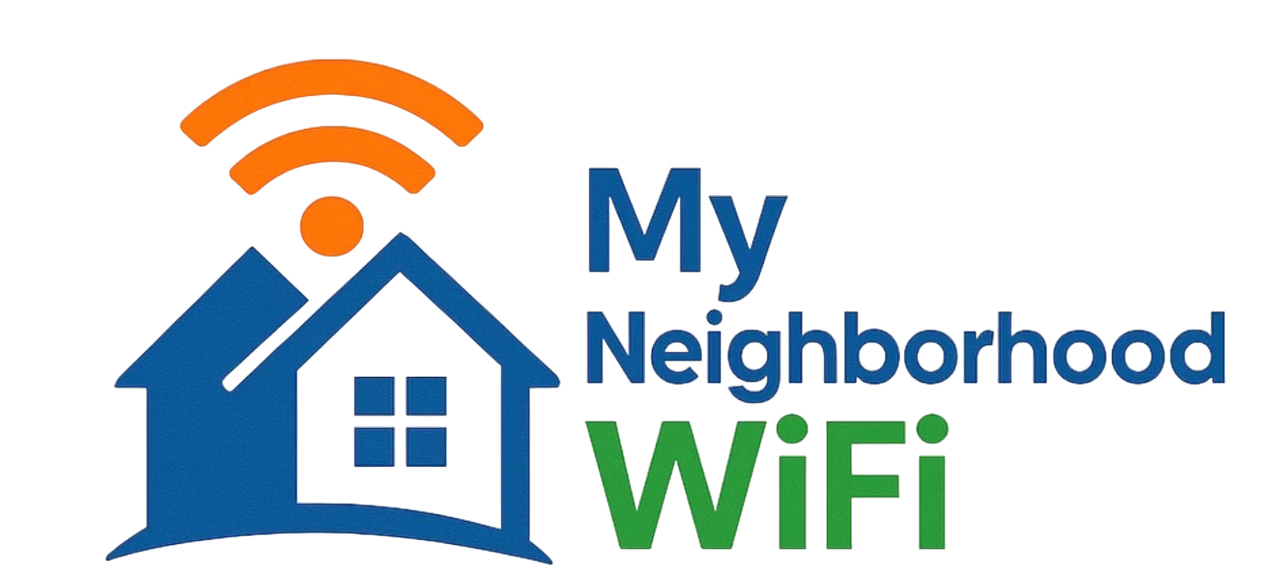
Getting high-speed internet is an exciting upgrade, but installation day can also feel a little overwhelming. By preparing ahead of time, you’ll make sure everything runs smoothly, and your new Wi-Fi is up and running in no time. In this guide, we’ll walk you through simple, step-by-step advice to get your home ready for internet installation day.
Why Preparing for Internet Installation Matters
The primary keyword here is internet installation, and the truth is that preparation is the key to success. If you wait until the technician shows up, you may spend unnecessary time scrambling to rearrange furniture, find password information, or troubleshoot basic issues. Being ready means less stress and a faster setup process.
Step 1: Identify the Best Spot for Your Router and Modem
Choosing the right place for your router and modem ensures you get strong signal coverage throughout your home. Wi-Fi signals travel best in open spaces, free from walls and interference caused by appliances or electronics.
- Pick a central location in your home for strong, even coverage.
- Avoid hiding your router in a cabinet or behind large metal objects.
- Place it on an elevated surface instead of the floor.
Quick Example
If your internet is mainly used for streaming in the living room and online meetings in a home office, don’t install your router in the basement or garage.
Step 2: Clear the Area for the Technician
On installation day, technicians may need access to outlets, cable lines, or wall jacks. Clutter or blocked furniture can slow everything down. Before they arrive, make sure these areas are easy to reach.
- Move sofas, shelves, or other furniture away from outlets and wall jacks.
- Clear a path for cords so no one trips once things are connected.
- If necessary, dust or wipe down the surfaces where equipment will sit.
Step 3: Gather Your Information in Advance
Internet installation often requires account details, identification, or login credentials. Having everything ready can help your technician (or yourself, if it’s a self-install) complete setup quickly.
- Your customer account number (if applicable)
- A form of ID in case verification is needed
- Your Wi-Fi network name (SSID) and password if you’re reusing existing devices
Step 4: Decide Between Professional or Self-Installation
Many providers offer both technician visits and self-install kits. Think about your comfort level with technology before deciding which option works best for you.
- Professional installation: Great if you’re not tech-savvy, need wall wiring, or want everything tested by a technician.
- Self-install: Usually faster and cheaper, but requires confidence in connecting cables and activating online.
Pro Tip
If you go with self-installation, check out helpful video tutorials on YouTube ahead of time. Many people share step-by-step guides that make the process less intimidating.
Step 5: Think About Wired vs. Wireless Connections
Wi-Fi is convenient, but wired Ethernet connections are often faster and more stable. If you have devices that need uninterrupted connectivity—like gaming consoles or work computers—decide where you might run direct Ethernet cables.
| Option | Best For |
|---|---|
| Wi-Fi Connection | Smartphones, tablets, casual browsing, light streaming |
| Wired Connection | Gaming consoles, desktop PCs, smart TVs, video conferencing |
Step 6: Prepare Your Devices
Update software on your laptop, tablet, or phone before installation day so they’re ready to connect immediately. If you just bought new devices, set them up in advance so you know how to add new Wi-Fi details once your internet is live.
Step 7: Secure Your Network From the Start
Internet security should start on day one. When your network is installed, change the default Wi-Fi name (SSID) and password. Avoid using personal information (like your phone number or street address) in the network name.
- Make a strong password with a mix of letters, numbers, and symbols.
- Enable WPA2 or WPA3 encryption if your router supports it.
- Consider setting up a separate guest network for visitors and smart home devices.
For additional tips, you can check discussions on Reddit where users share their personal approaches to home Wi-Fi security.
Step 8: Have a Backup Connection (Just in Case)
Sometimes installation can take longer than expected. To avoid getting stuck offline, it’s smart to have a temporary backup plan—whether that’s mobile data, a workplace hotspot, or tethering from your phone. That way, you won’t be in a bind if setup takes a few hours longer than anticipated.
Step 9: Understand the Equipment You’ll Be Getting
Depending on your plan, you may receive a standalone modem, a gateway (modem + router combo), or separate router and extender options. While technicians usually explain during installation, it helps to do a little research beforehand so you know what’s being set up in your home.
Common Equipment Types
- Modem: Connects directly to your internet provider for access.
- Router: Distributes the connection wirelessly throughout your home.
- Mesh System: Includes multiple points to expand Wi-Fi coverage.
Step 10: Test Everything Before the Technician Leaves
If you’re using professional installation, don’t assume things are working perfectly right away. Check your devices before the technician departs.
- Test Wi-Fi on multiple floors and rooms.
- Connect at least one wired device.
- Run a quick speed test from your laptop or phone.
- Verify that smart devices (like TVs, assistants, or thermostats) connect properly.
Step 11: Label Your Connections and Store Information
Finally, once everything is connected, label your cords and keep your details organized. That way, if something goes wrong later, you (or another household member) can fix it easily.
- Write down your Wi-Fi SSID and password somewhere secure.
- Label Ethernet cables and power cords if there are multiple devices plugged in.
- Keep the installer’s contact info or support number handy.
Conclusion
Preparing for your internet installation doesn’t have to be stressful. By taking simple steps beforehand—like clearing space, gathering information, picking the best router spot, and securing your network—you’ll save time, avoid hassle, and get connected smoothly. Installation day will feel less like a chore and more like the exciting start of faster, more reliable connections for work, entertainment, and everything in between.
Written by admin
Content writer and tech enthusiast sharing insights on internet connectivity.



